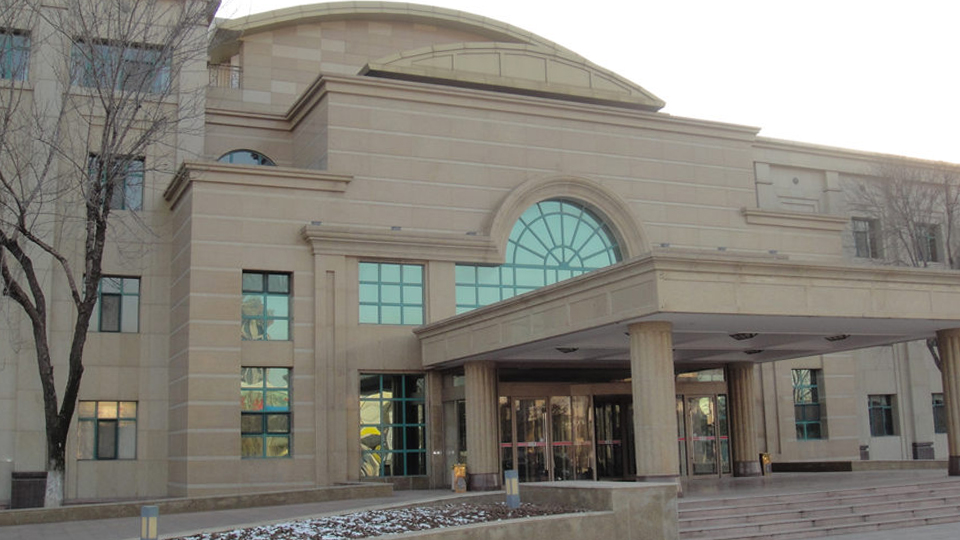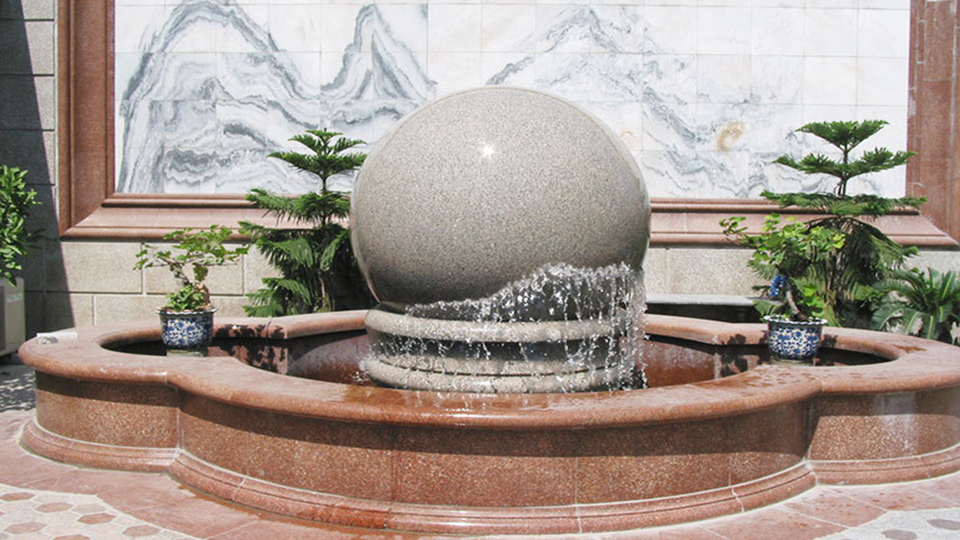

Slate, a metamorphic rock prized for its durability, impermeability, and distinctive aesthetic, finds its primary applications in roofing, flooring, and landscaping. However, the processes of quarrying, cutting, and installing slate inevitably generate a significant amount of scrap material. Often perceived as waste, this "scrap slate" possesses a surprising array of valuable properties and can be repurposed for a multitude of technical and artistic applications, diverting it from landfills and offering sustainable alternatives.
This technical article will delve into the diverse uses and inherent advantages of scrap slate. We will explore its material properties that make it suitable for various applications, examine current and potential uses across different industries, and highlight the environmental and economic benefits of reclaiming this often-overlooked resource. Understanding the inherent value of scrap slate can unlock innovative solutions and contribute to a more circular economy within the construction and manufacturing sectors.
The Intrinsic Properties of Scrap Slate: A Foundation for Reuse:
The inherent characteristics that make finished slate products desirable also lend themselves to the utility of its scrap form:
Durability and Strength: Even in irregular shapes and sizes, scrap slate retains its inherent strength and resistance to weathering, abrasion, and impact. This makes it suitable for applications requiring robust and long-lasting materials.
Impermeability and Water Resistance: Slate's low porosity makes it highly resistant to water absorption. This property is retained in scrap form, making it valuable in drainage, erosion control, and moisture-sensitive applications.
Thermal Stability and Fire Resistance: Slate is naturally non-combustible and possesses excellent thermal stability. Scrap slate can therefore be used in applications requiring fire-resistant materials or those exposed to temperature fluctuations.

Chemical Inertness: Slate is generally inert and resistant to many chemicals and acids. This makes scrap slate a suitable material for applications where chemical exposure is a concern.
Aesthetic Appeal: Even in fragmented forms, scrap slate often retains its natural color variations and textured surfaces, offering unique aesthetic possibilities for decorative and artistic applications.
Density and Weight: The density of slate provides weight and stability, which can be advantageous in certain construction and landscaping applications.
Electrical Insulation: Slate is a natural electrical insulator, a property that can be leveraged in specific niche applications even in scrap form.
Diverse Applications of Scrap Slate Across Industries:
The unique combination of these properties opens up a wide range of potential uses for scrap slate:
1. Construction and Infrastructure:
Aggregate and Fill Material: Crushed scrap slate can serve as a durable and stable aggregate in road construction, pathways, and as a base material for paving. Its angular shape provides excellent interlock.
Drainage Material: Due to its impermeability and irregular shape, larger pieces of scrap slate can be used as effective drainage material in French drains, behind retaining walls, and in landscaping projects.
Erosion Control: Heavy and durable pieces of scrap slate can be used to stabilize slopes, prevent soil erosion along waterways, and create protective barriers against wind and water.
Gabion Fill: Scrap slate provides a visually appealing and durable fill material for gabion baskets used in retaining walls, landscaping, and erosion control structures.
Foundation Material: Larger, flat pieces can be used as leveling stones or part of foundational layers in smaller structures or landscaping features.
Roofing Underlayment: Thin, flat pieces of scrap slate can potentially be used as a durable and fire-resistant underlayment beneath other roofing materials.
2. Landscaping and Horticulture:
Mulch and Ground Cover: Smaller pieces of scrap slate can be used as a decorative and functional mulch in gardens and landscaping beds. It helps retain moisture, suppress weeds, and adds a unique aesthetic.
Pathways and Stepping Stones: Larger, relatively flat pieces can be used to create natural-looking pathways and stepping stones in gardens and outdoor spaces.
Rock Gardens and Water Features: The varied shapes and textures of scrap slate make it ideal for creating visually interesting rock gardens and naturalistic elements in water features like ponds and waterfalls.
Plant Markers and Labels: Thin, writable pieces of slate can be used as durable and weather-resistant plant markers and labels.
Terrarium and Aquarium Substrate: Smaller, cleaned pieces of slate can provide an inert and aesthetically pleasing substrate for terrariums and aquariums.
3. Arts, Crafts, and Decorative Applications:
Sculpture and Mosaic Art: The unique shapes and textures of scrap slate offer artists a versatile medium for creating sculptures, mosaics, and mixed-media artwork.
Coasters and Placemats: Thin, flat pieces can be cut and finished to create durable and heat-resistant coasters and placemats.
Serving Trays and Cheese Boards: Larger, flat pieces can be cleaned and sealed to create rustic and elegant serving trays and cheese boards.
Wall Cladding and Decorative Panels: Thin slices of scrap slate can be adhered to surfaces to create unique textured wall cladding or decorative panels.
Blackboards and Writing Surfaces: Smooth pieces of slate can be used as traditional blackboards or writing surfaces.
Jewelry and Small Decorative Items: Smaller, interesting pieces can be incorporated into jewelry designs or used to create unique decorative accents.
4. Industrial and Technical Applications:
Filler in Construction Materials: Finely crushed slate powder can potentially be used as a filler in concrete, asphalt, or other construction materials, enhancing their properties.
Abrasive Material: Ground slate can possess abrasive properties and could potentially be used in certain industrial applications.
Weighting Material: The density of slate makes scrap pieces suitable as weighting material in various applications.
Electrical Insulation Components: Selected flat pieces with appropriate thickness and properties can be repurposed for specific electrical insulation applications.
Environmental and Economic Benefits of Reclaiming Scrap Slate:

Repurposing scrap slate offers significant environmental and economic advantages:
Waste Reduction: Diverting scrap slate from landfills reduces the volume of waste generated by quarrying and manufacturing processes, conserving valuable landfill space.
Resource Conservation: Utilizing scrap slate reduces the demand for virgin materials in various applications, conserving natural resources and the energy required for their extraction and processing.
Reduced Transportation Emissions: Using locally sourced scrap slate can reduce the transportation distances associated with acquiring new materials, lowering carbon emissions.
Cost Savings: Scrap slate can often be obtained at a lower cost than virgin materials, offering potential cost savings for construction, landscaping, and other projects.
Unique Aesthetics: The natural variations and textures of scrap slate can provide unique and aesthetically pleasing results that may not be achievable with manufactured materials.
Support for a Circular Economy: Reclaiming and reusing scrap slate contributes to a more circular economy by keeping valuable materials in use for as long as possible, reducing waste and minimizing environmental impact.
Challenges and Considerations for Utilizing Scrap Slate:
Despite its numerous benefits, utilizing scrap slate also presents certain challenges and considerations:
Irregularity of Size and Shape: Scrap slate comes in a wide variety of sizes and irregular shapes, which can require sorting, processing, and creative adaptation for specific applications.
Potential for Sharp Edges: Handling scrap slate requires care due to potentially sharp edges. Proper safety precautions and protective gear are essential.
Transportation and Handling: While often locally sourced, transporting and handling large quantities of scrap slate can still pose logistical challenges.
Processing Requirements: Depending on the intended use, scrap slate may require crushing, cutting, cleaning, or other processing, which can involve additional costs and energy input.
Quality Control: The quality and consistency of scrap slate can vary depending on the source. Careful inspection and sorting may be necessary.
Market Development: The market for scrap slate is not as well-established as that for virgin materials, requiring efforts in promotion and education to increase its utilization.
Conclusion: Unlocking the Untapped Potential of Scrap Slate:
Scrap slate, often relegated to the status of waste, represents a valuable and versatile resource with a wide range of potential applications across construction, landscaping, arts, and even industrial sectors. Its inherent durability, impermeability, thermal stability, and aesthetic appeal make it a sustainable and often cost-effective alternative to virgin materials. By recognizing and embracing the multifaceted value of scrap slate, we can reduce waste, conserve resources, foster a more circular economy, and unlock innovative solutions for a variety of technical and creative endeavors. Further research, development of processing techniques, and market awareness initiatives are crucial to fully realize the untapped potential of this often-overlooked geological treasure.
Name: selena
Mobile:8613176910558
Tel:86-13176910558
Whatsapp:8619323167067
Email:409284553@qq.com
Add:Laizhou ,Shandong , Shandong Province, China